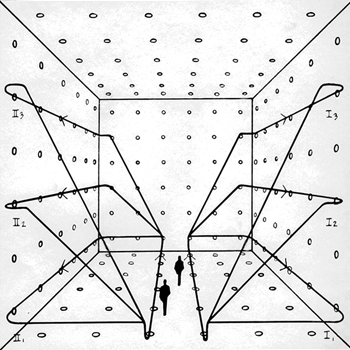Your #n times n#, #color(red)(A) color(blue)( mathbf x) = color(green)(mathbf b)#, system in matrix form is:
#color(red)( ((1,2,-3), (3,-1,5), (4, 1, a^2 - 14)) ) color(blue)( ((x), (y),(z)) )= color(green)( ((4), (2),(a+2)) )#
When there is no obvious linear pattern - in terms of the row and column vectors dependence - the easiest thing to do is to start row reducing. I cannot get Gaussian elimination working on Socratic so will just stack the numbers up in brackets:
#((1,2,-3), (3,-1,5), (4, 1, a^2 - 14)) ((4), (2),(a+2))#
#R2 to R2 - 3R1, R3 to R3 - 4 R1 #
#((1,2,-3), (0,-7,14), (0, -7, a^2 - 2)) ((4), (-10),(a-14))#
#R3 to R3 - R2#
#((1,2,-3), (0,-7,14), (0, 0, a^2 - 16)) ((4), (-10),(a-4))#
So we have this:
#((1,2,-3), (0,-7,14), (0, 0, a^2 - 16)) ((x), (y),(z))= ((4), (-10),(a-4))#
If we start at the bottom:
#(a^2 - 16)z = a-4#
#implies (a-4)(a + 4)z = a-4#
So we go through the scenarios:
-
If #a = 4#, then the solution is everything in #\mathcal R^2#. There are an infinite number of solutions for z.
-
If #a ne 4#, that last equation becomes: #(a + 4)z = 1 implies z = 1/(a + 4)#. In that event, #x# and #y# are just linear combinations of #z#.
-
However, if #a = -4#, there is no solution to the matrix equation.
We can explore this a bit more.
If #a = 4#, we have this:
#((1,2,-3), (0,-7,14), (0, 0, 0)) ((x), (y),(z))= ((4), (-10),(0))#. Look at the bottom row !
If #a = -4#, we have this:
#((1,2,-3), (0,-7,14), (0, 0,0)) ((x), (y),(z))= ((4), (-10),(-8))#. Again, look at the bottom row. This version of #a# that insists that #z = -8#.

